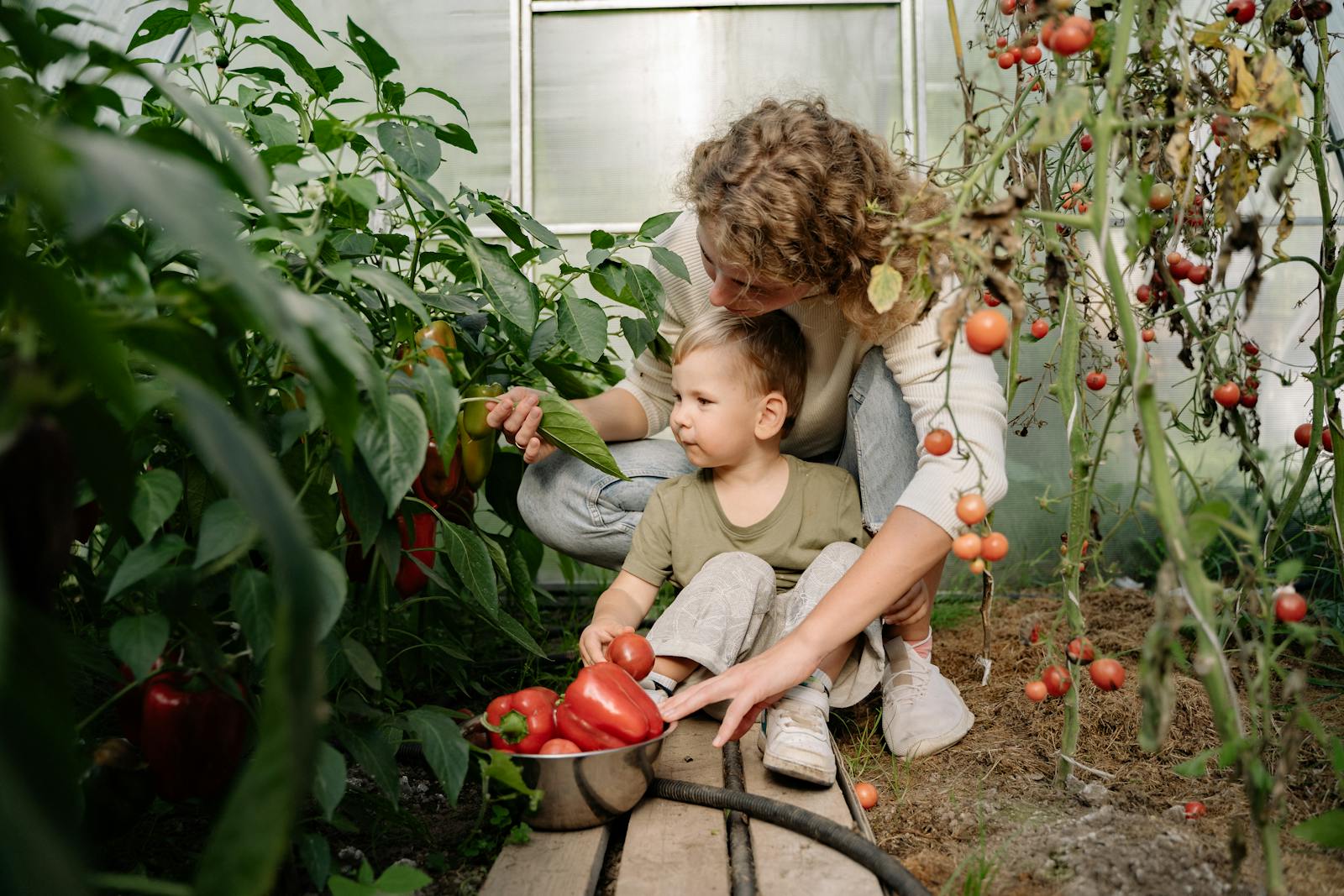Working with soil, watching plants sprout, and witnessing flowers bloom can captivate children from an early age. For families who love outdoor activities, a spacious garden is ideal, but even a small balcony or a single pot can provide meaningful engagement. Gardening isn’t just an activity; it’s an invitation for children to connect with nature and develop patience, responsibility, and curiosity.
Start Simple: Materials and Planning
Inviting children to select materials transforms gardening into a shared adventure. A basic kit includes soil, fertilizer, and a pot or planter. While small tools like mini-spades are useful, using hands to mix soil allows children to connect physically and emotionally with the earth, fostering a sense of stewardship.
Watering and Daily Care
The timing of watering is crucial. Early mornings, before the sun becomes intense, are optimal. Lightweight watering cans accommodate small hands and make the task enjoyable. Regular care also extends to removing wilted or damaged leaves. While adults can use pruning scissors, children can participate by gently pulling leaves by hand. These leaves, if not affected by pests, can later contribute to organic compost, and layering them on soil helps maintain moisture during hot spells or missed watering days.
Identifying and Managing Weeds
Teaching children to distinguish between garden plants and weeds cultivates observation skills. Recognizing unwanted plants and safely removing them reinforces the responsibility required to maintain a thriving garden. Introducing simple plant markers with names and photos of mature plants—particularly for herbs or vegetables—further engages kids and makes the learning tangible.
Seeds, Seedlings, and Quick Wins
Blending seeds and seedlings balances immediate visual gratification with longer-term growth. Fast-germinating seeds like canary grass, watermelon, and beans provide quick results that sustain a child’s interest. Flower seedlings, such as the versatile and colorful “beijo” plant, enhance the aesthetic appeal of the garden without demanding complex care. Multiple colors—white, pink, coral—encourage creativity and allow children to appreciate variety in nature.
Worms: Friends of the Garden
Introducing worms teaches ecological principles. Worms aerate soil, prevent waterlogging, and generate nutrients critical for plant health. Explaining their role in a non-threatening way prevents fear or disgust while illustrating the interconnectedness of garden life.
Hygiene and Safety
Even with safe plant choices, hygiene is essential. Children should wash hands thoroughly after gardening to avoid contamination from soil-borne organisms or allergens. Gloves can be incorporated into the gardening kit to add safety while maintaining fun.
Composting: Closing the Loop
Composting demonstrates resourcefulness and teaches sustainability. Organic matter such as tree bark, wilted leaves, and kitchen scraps can be layered with soil and kept moist. Stirring the mix ensures uniform decomposition, which typically takes about three months. The resulting compost enriches the garden and reinforces a cycle of care and renewal that children can observe and participate in directly.
Engaging children in gardening goes beyond aesthetics—it fosters a deeper understanding of ecosystems, responsibility, and creativity. Whether tending to a balcony planter or managing a larger yard, the act of growing plants together turns a home into a lively, nurturing space. Over time, children not only develop practical skills but also cultivate empathy for living things and appreciation for the environment, lessons that extend far beyond the garden gate. Each seed planted, each leaf nurtured, becomes a tangible experience that bridges learning and play, grounding young minds in the rhythms and beauty of nature.




